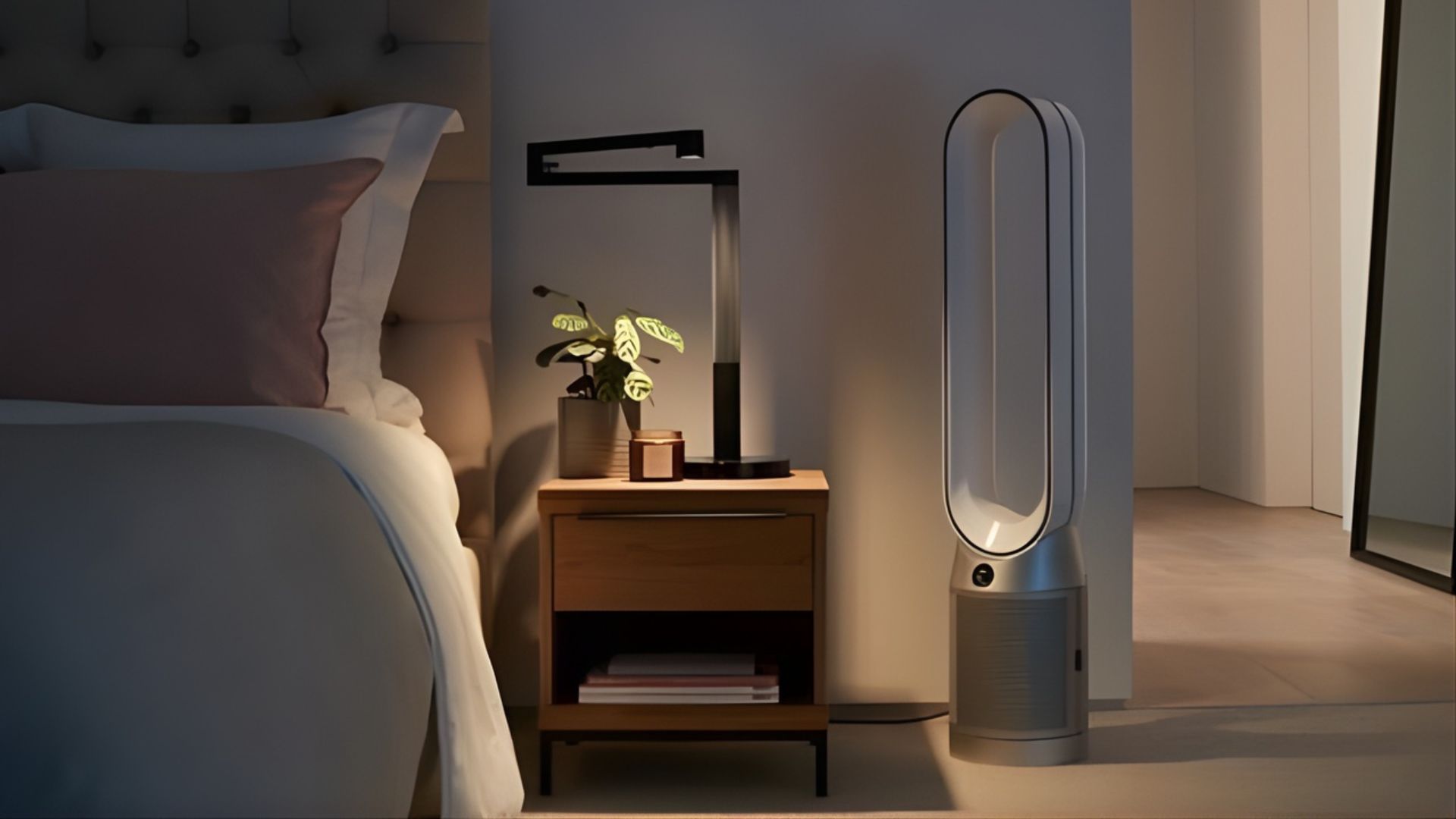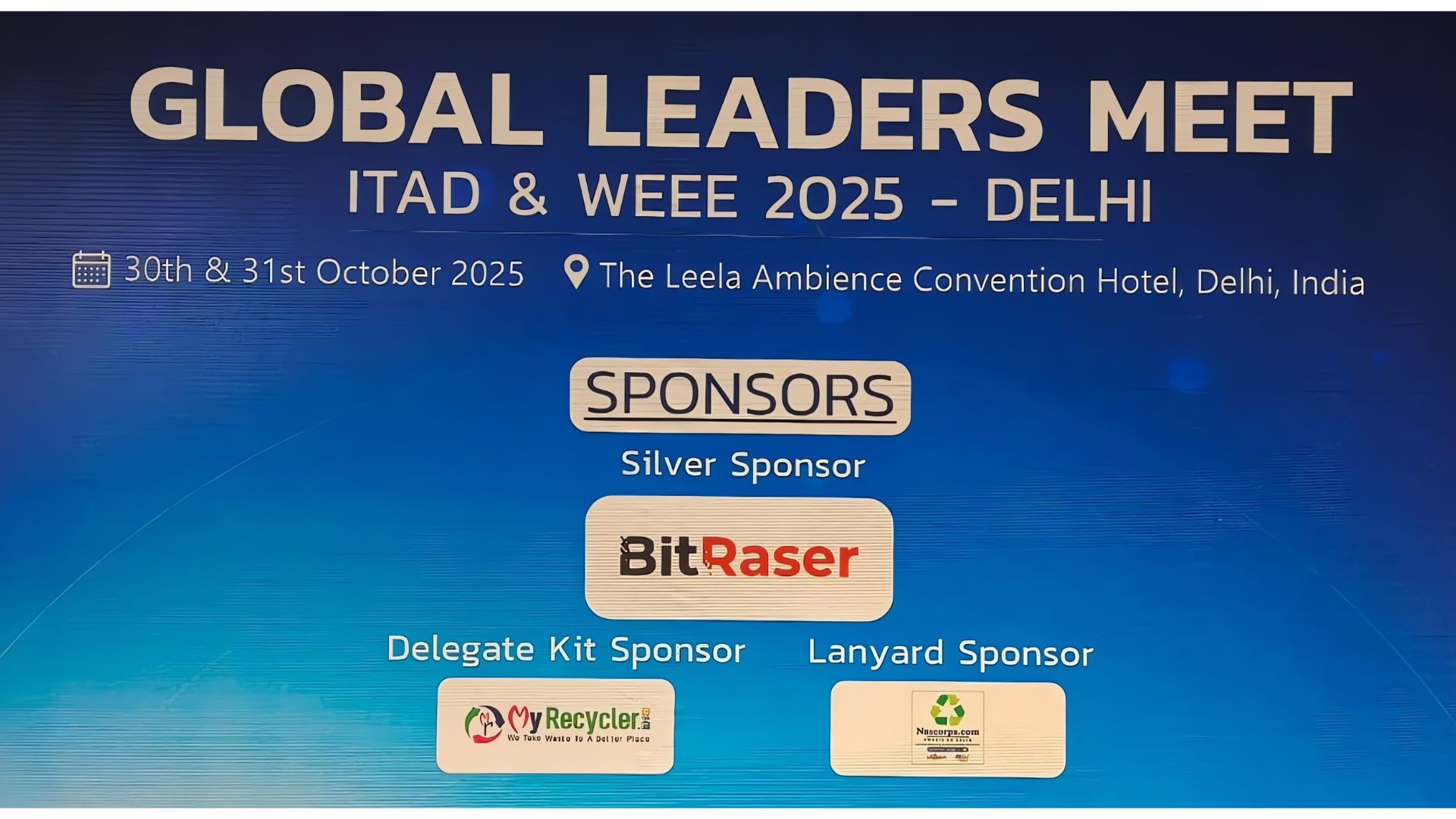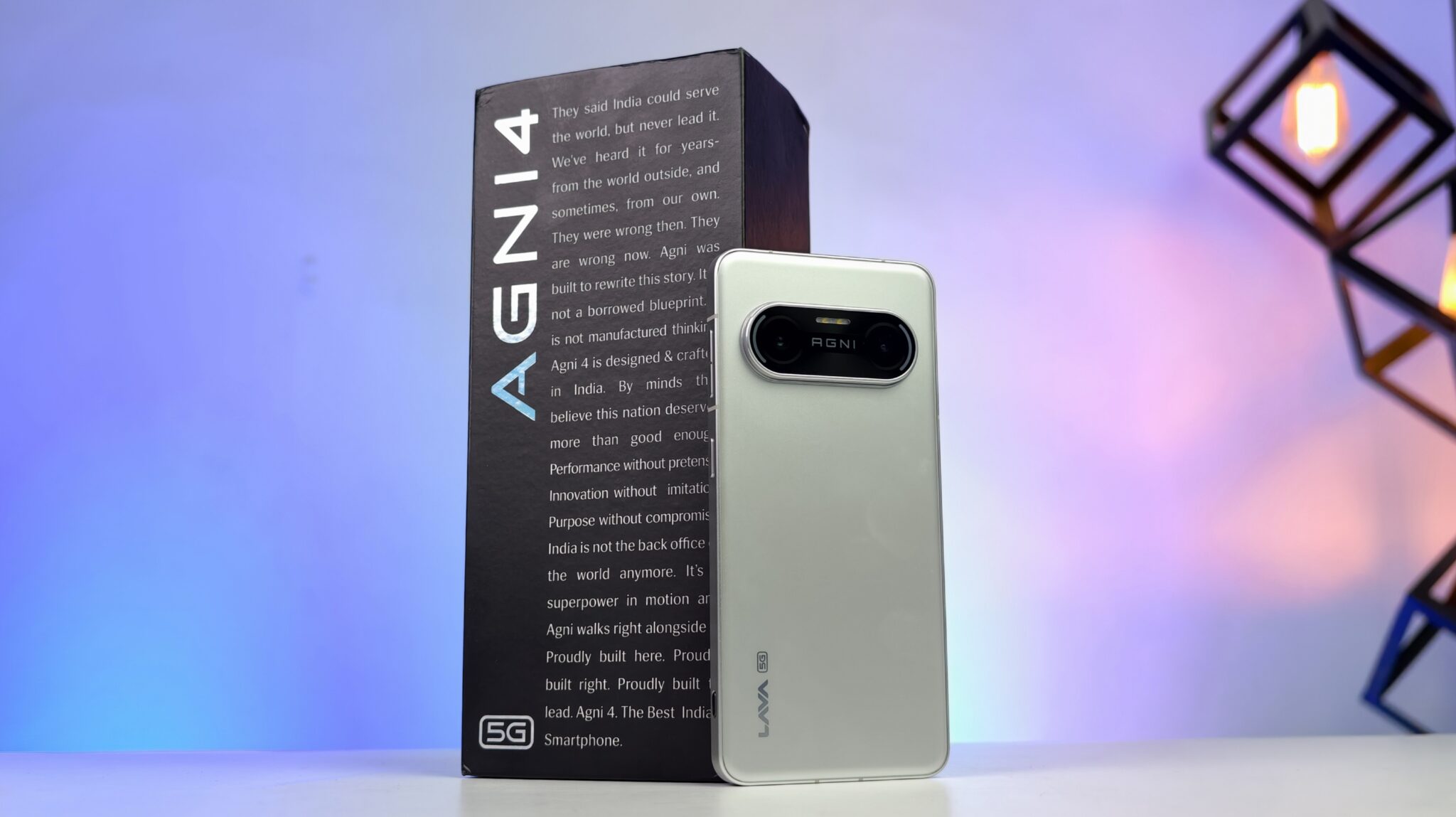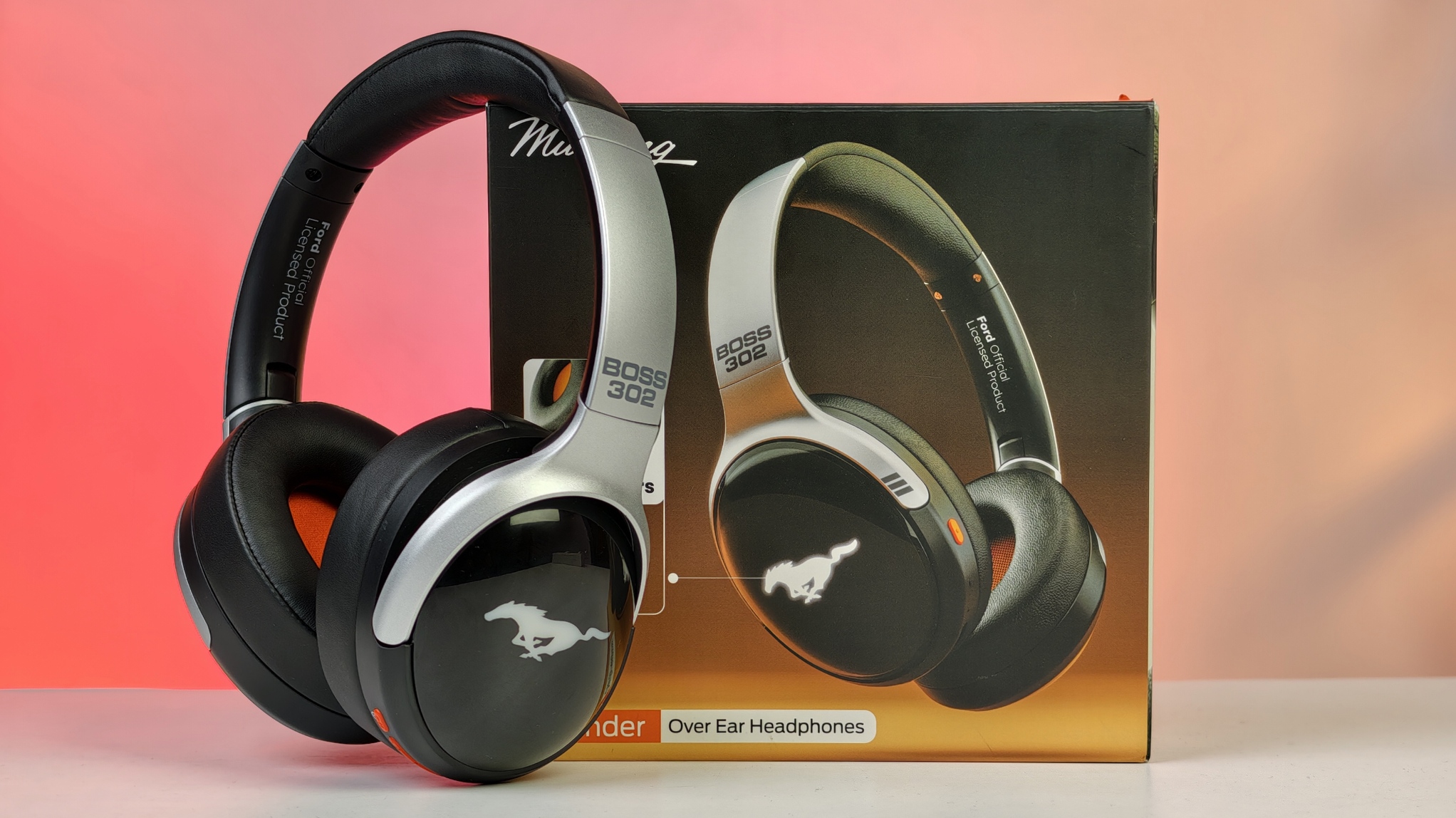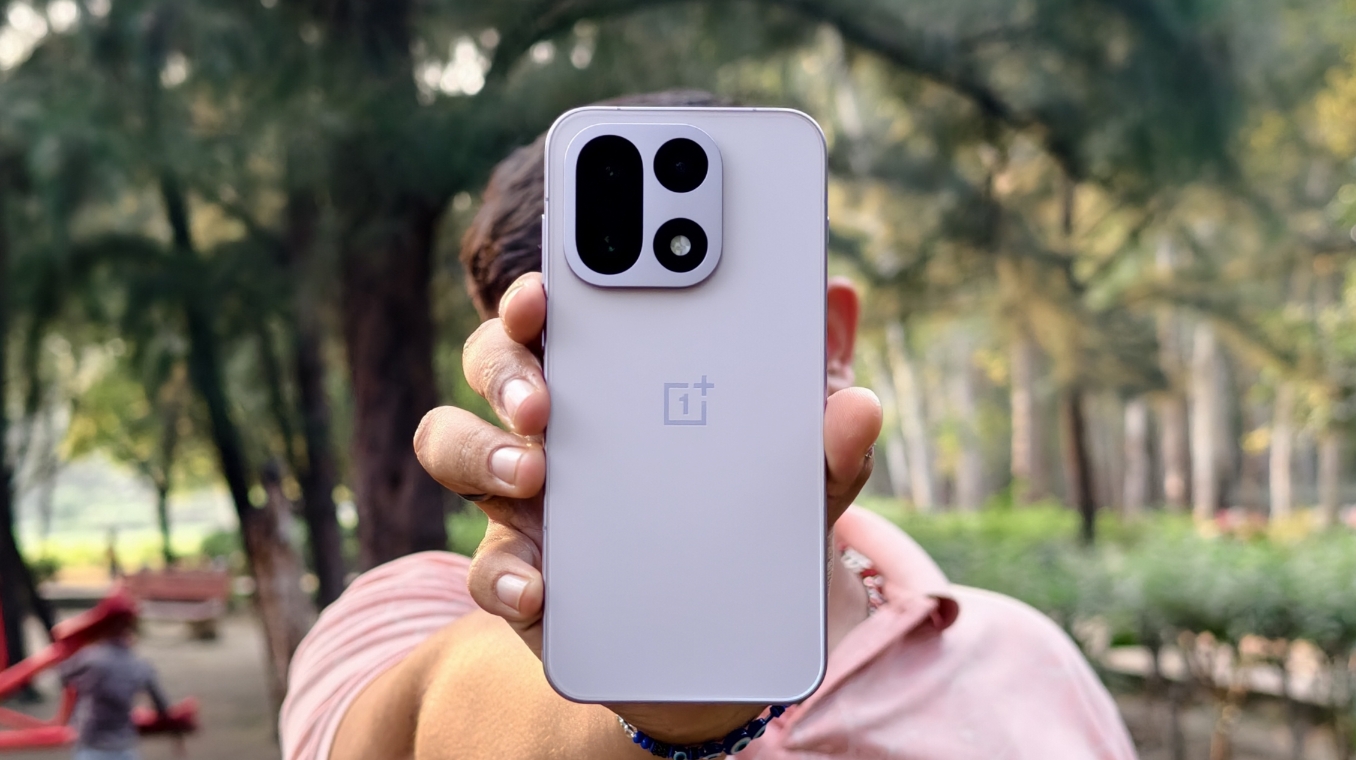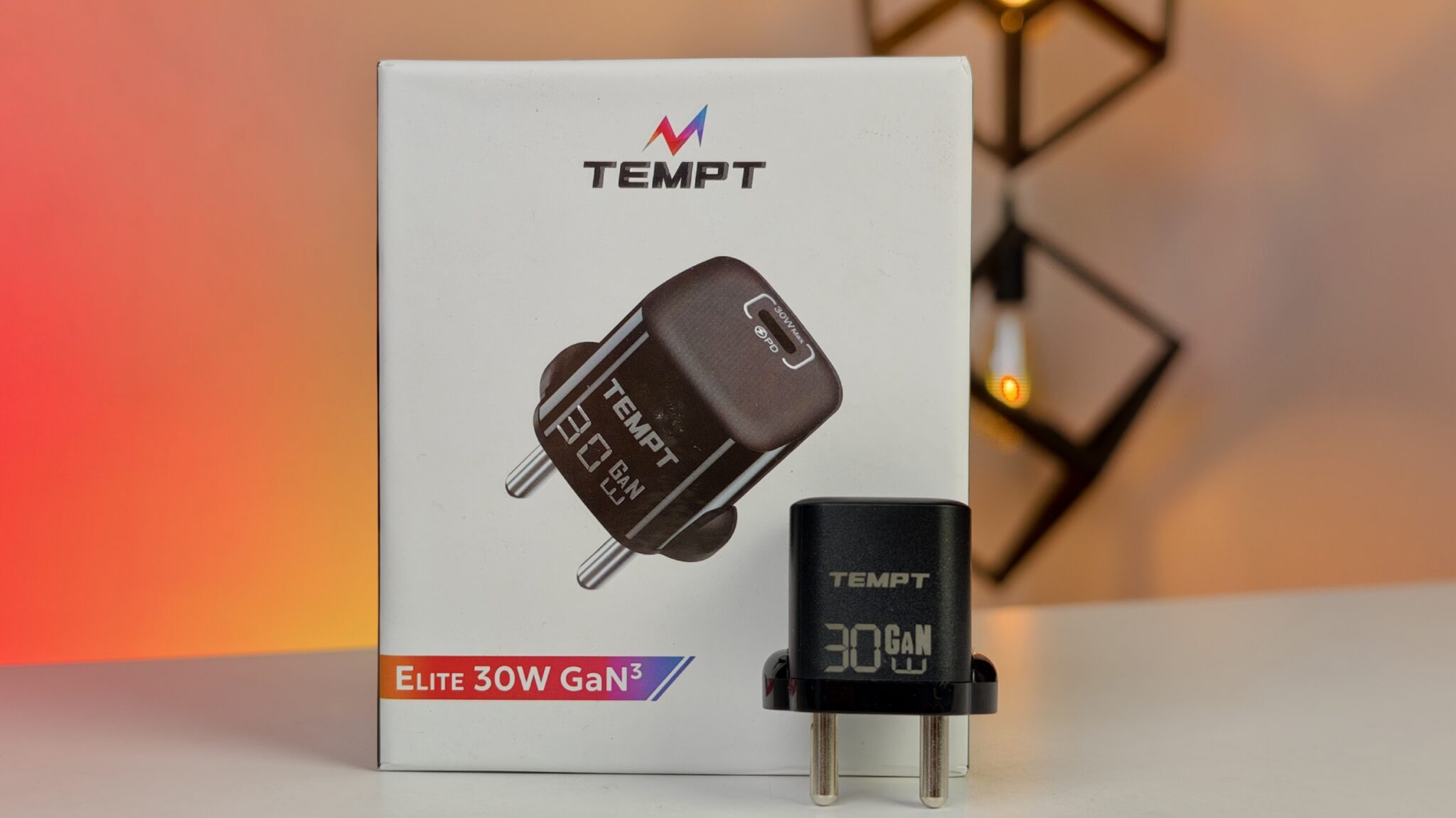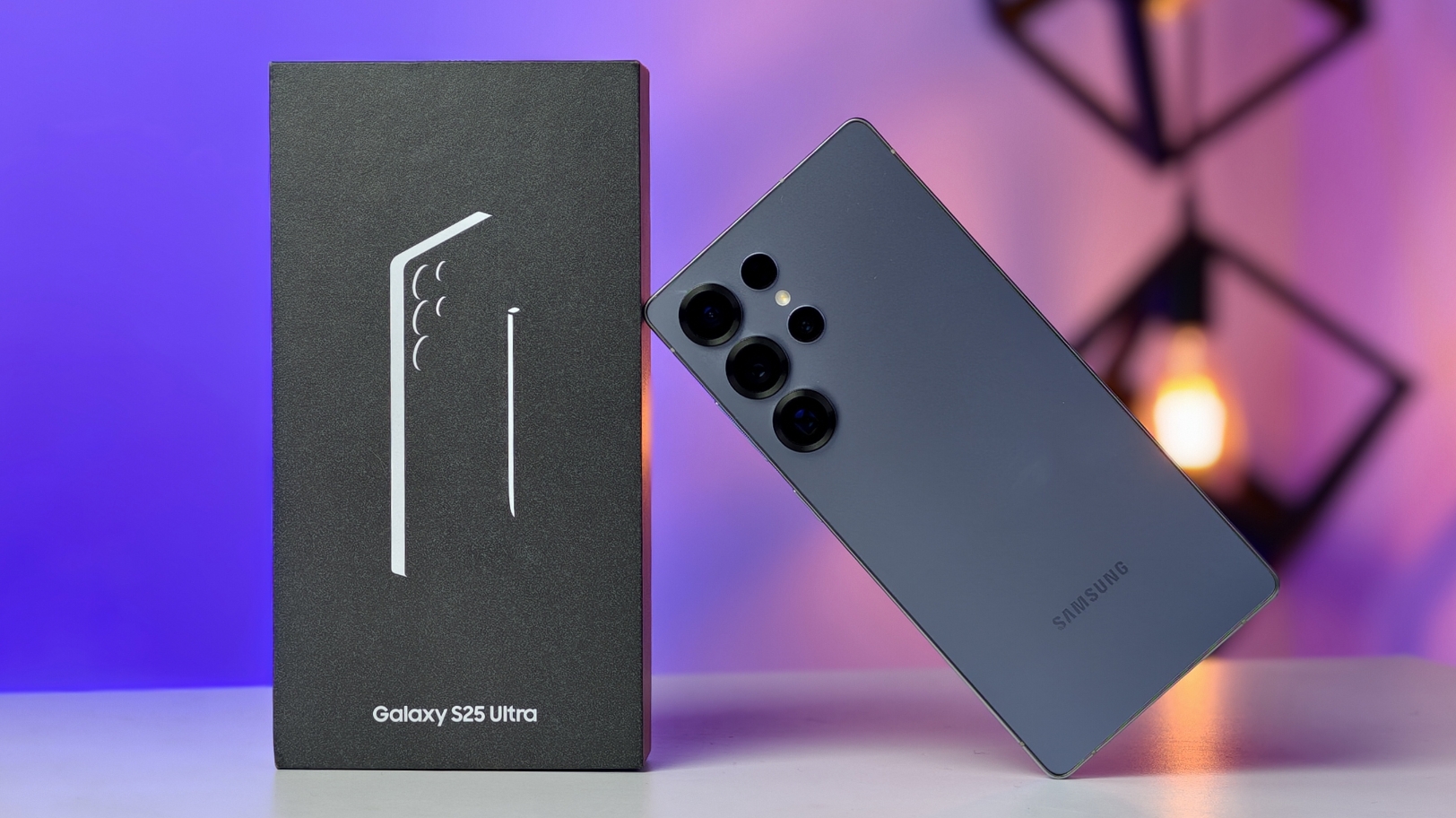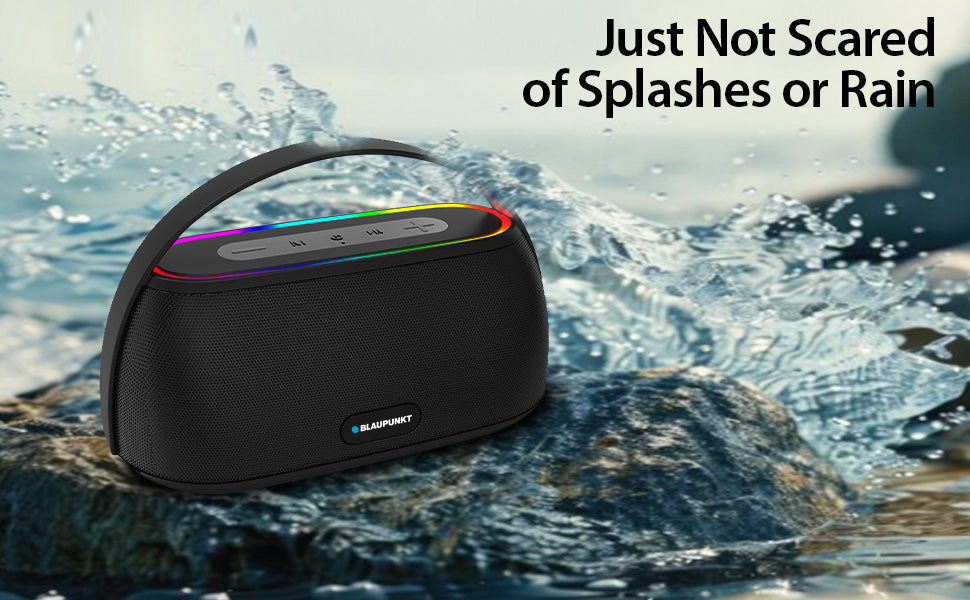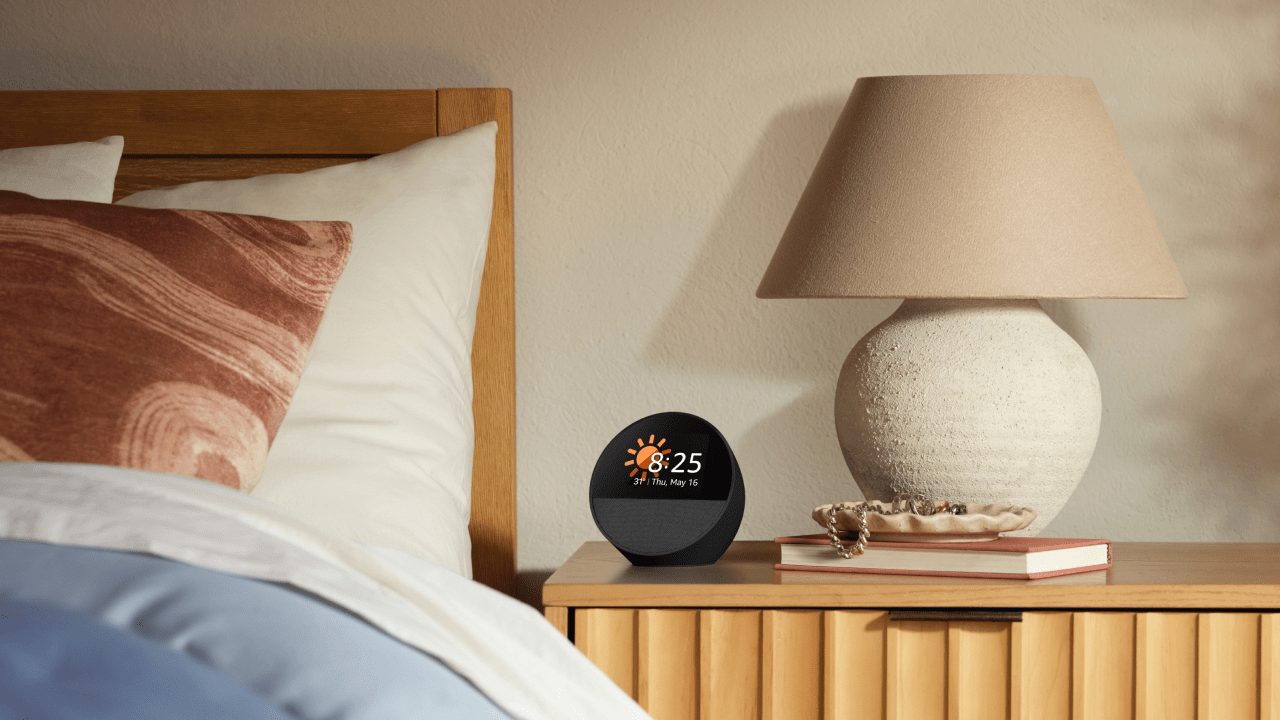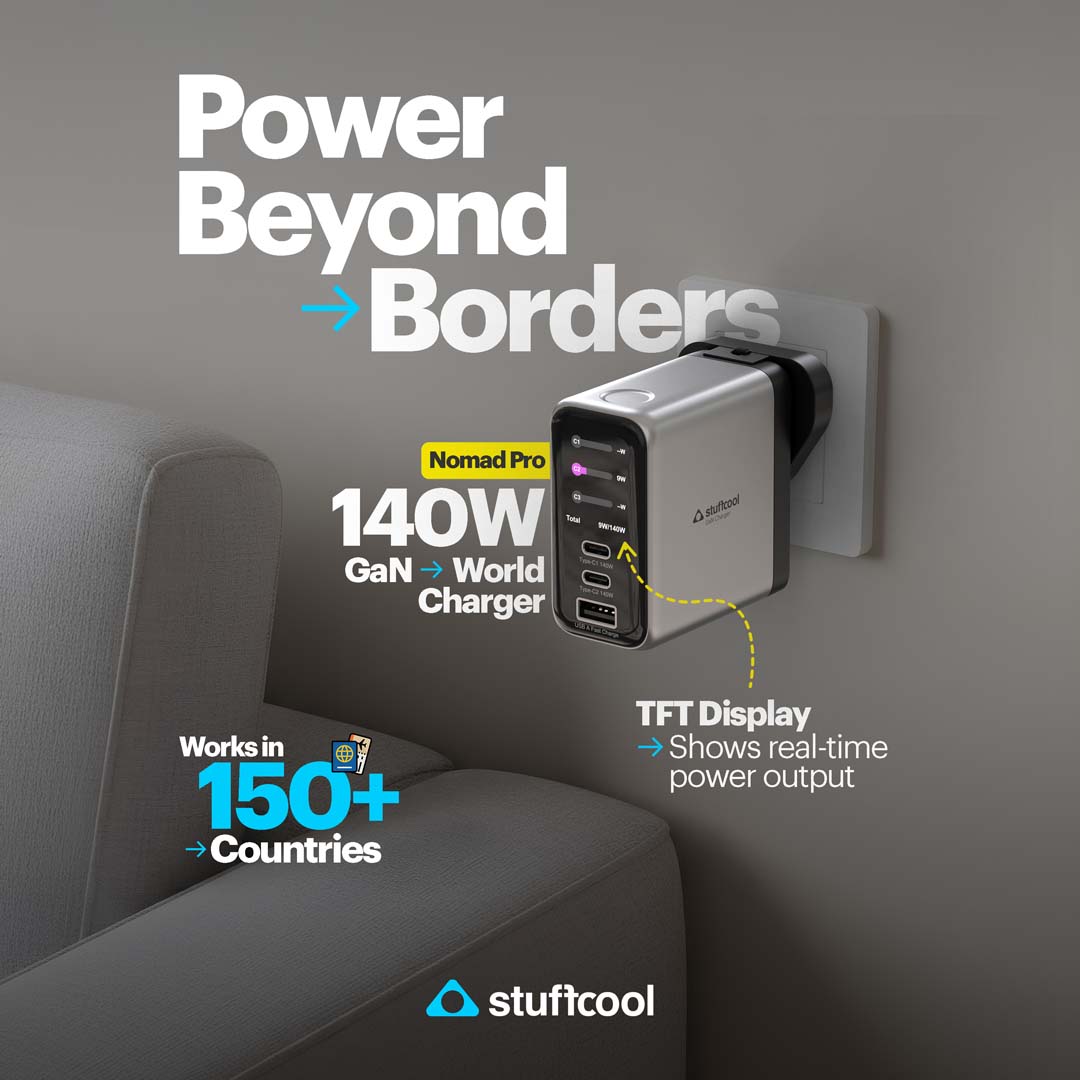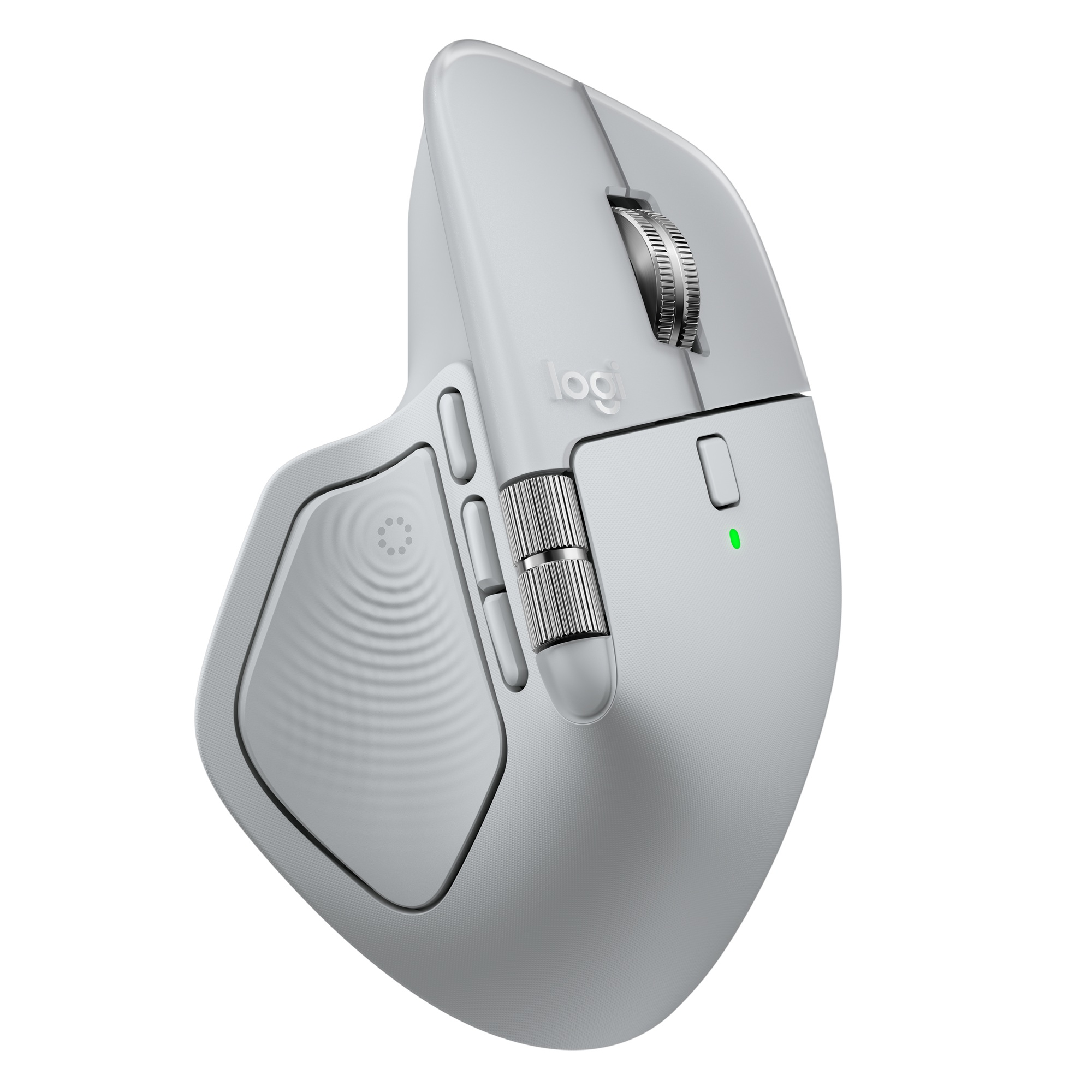Air quality in many Indian cities, especially across northern regions, can often reach levels that are, frankly, alarming. With smog-filled winters and rising indoor pollution, clean air has become something we can no longer take for granted. Most of us spend nearly 90% of our time indoors, which means that the air inside our homes directly affects our health every single day.
A 2025 State of Global Air report revealed that air pollution-related deaths in India are almost ten times higher than in high-income countries. That’s a sobering figure, and it really puts things in perspective. Investing in an air purifier isn’t just about comfort anymore—it’s about protection. But choosing one can get confusing, especially with so many claims and technical specifications floating around. So, let’s simplify it a bit and look at what actually matters.
Key Takeaways
- Check CADR: The Clean Air Delivery Rate (CADR) is your top priority. It tells you how quickly and effectively a purifier can clean the air in your space.
- Verify Filter Type: A good purifier should have multiple filters—typically a pre-filter, a HEPA filter, and an activated carbon filter.
- Match Room Size: Always check the recommended coverage area. A purifier made for a 200 sq. ft. room won’t work efficiently in a 500 sq. ft. living room.
- Consider Noise Levels: Since purifiers often run round the clock, quieter models with a sleep mode (around 30–40 dB) are best for bedrooms.
- Calculate Long-Term Costs: Filters need periodic replacement. Check their lifespan and price before buying, because maintenance costs can add up.
Understanding the Key Specifications
When you start browsing air purifiers, you’ll notice a flood of numbers and terms. Let’s break down the few that truly matter.
1. Clean Air Delivery Rate (CADR)
CADR is perhaps the most crucial specification—it measures how much clean air your purifier can produce per minute. It’s expressed in cubic feet per minute (CFM) or cubic meters per hour (m³/h). Simply put, a higher CADR means faster purification.
As a rough guideline, the CADR (in CFM) should be at least two-thirds of your room’s area in square feet. For example, if your room is 150 sq. ft., look for a purifier with a CADR of around 100 CFM or higher.
2. The Filtration System
Good purification happens in layers. Most efficient air purifiers use a three-stage system:
- Pre-filter: This is your first line of defense. It’s usually a washable mesh that traps larger particles such as pet hair, lint, and dust clumps.
- HEPA Filter: The real workhorse. HEPA (High-Efficiency Particulate Air) filters capture 99.97% of particles as small as 0.3 microns—covering PM2.5, pollen, and allergens. Some newer models, like the Dyson Purifier Cool PC1 – TP11, go a step further, targeting even smaller PM0.1 particles (down to 0.1 microns) that can seep into the bloodstream.
- Activated Carbon Filter: Unlike the HEPA, this one doesn’t trap particles but adsorbs gases and odors—ideal for VOCs, kitchen smells, cigarette smoke, and harmful traffic gases like nitrogen dioxide (NO₂).
3. Area Coverage and Air Circulation
Size absolutely matters here. Every purifier has a limit on how large a space it can effectively clean. Check the recommended coverage, usually mentioned in square feet.
Some models only circulate air vertically, which can leave corners untouched. Advanced ones, like the Dyson Purifier Big+Quiet, are built for large rooms (up to 1,000 sq. ft.) and use something called Cone Aerodynamics to project purified air up to 10 meters across the space—ensuring even distribution.
4. Noise Levels and Smart Features
Purifiers do their best work when they run continuously, especially overnight. But a loud motor humming beside your bed? Not ideal. So, always check the noise rating. Around 25–40 dB is considered whisper-quiet and suitable for sleep. For reference, the Dyson Big+Quiet maxes out at about 56 dB on full power, which is still reasonable for large rooms.
Many newer models also come with intelligent controls. Features like Auto Mode use built-in sensors to adjust fan speed based on detected air quality. And if you prefer more control, connected apps such as MyDyson let you monitor indoor air, check which particles are being captured, and even schedule purification remotely.
5. Filter Replacement Costs
This is one factor that’s easy to overlook but very important over time. HEPA and carbon filters generally last between 6 and 12 months, depending on air quality and usage. If you live in areas like Delhi NCR, expect to replace them more often.
Always check the cost of replacement filters before buying. Some affordable purifiers come with surprisingly expensive filters, making them costlier in the long run than premium models with efficient, long-lasting filters.
Frequently Asked Questions (FAQs)
Q1: What is a HEPA filter?
A HEPA filter is a mechanical air filter that forces air through an extremely fine mesh to trap pollutants such as PM2.5, pollen, dust mites, and pet dander. H13–H14 HEPA filters are classified as medical-grade for their superior efficiency.
Q2: What’s the difference between PM2.5 and PM0.1?
PM stands for Particulate Matter, and the number indicates the particle size in microns. PM2.5 refers to fine particles that can reach deep into the lungs, while PM0.1 refers to ultrafine particles that can go even further—entering the bloodstream, which makes them far more harmful.
Q3: How often should I change my air purifier’s filters?
Typically every 6 to 12 months. However, in cities with high pollution levels, you might need to do it sooner. Many purifiers have filter life indicators to alert you when it’s time for a change.
Q4: Can I keep my air purifier running all day?
Yes, and you probably should—especially during high-pollution months. Air quality fluctuates constantly. Running your purifier continuously on a low or ‘Auto Mode’ ensures consistent air quality without wasting energy.
Q5: Will it help with bad smells?
Yes, but only if it has an activated carbon filter. That’s the one responsible for removing odors from cooking, pets, or cigarette smoke by trapping gas molecules.
Final Thoughts
If there’s one takeaway, it’s this: don’t pick an air purifier just because it looks sleek or has Wi-Fi control. Focus on CADR, filters, and coverage first. Think of it as an appliance you’ll rely on daily, almost silently protecting your lungs while you go about your life.
In the end, the right purifier isn’t just another gadget—it’s a quiet, constant investment in your family’s health.


